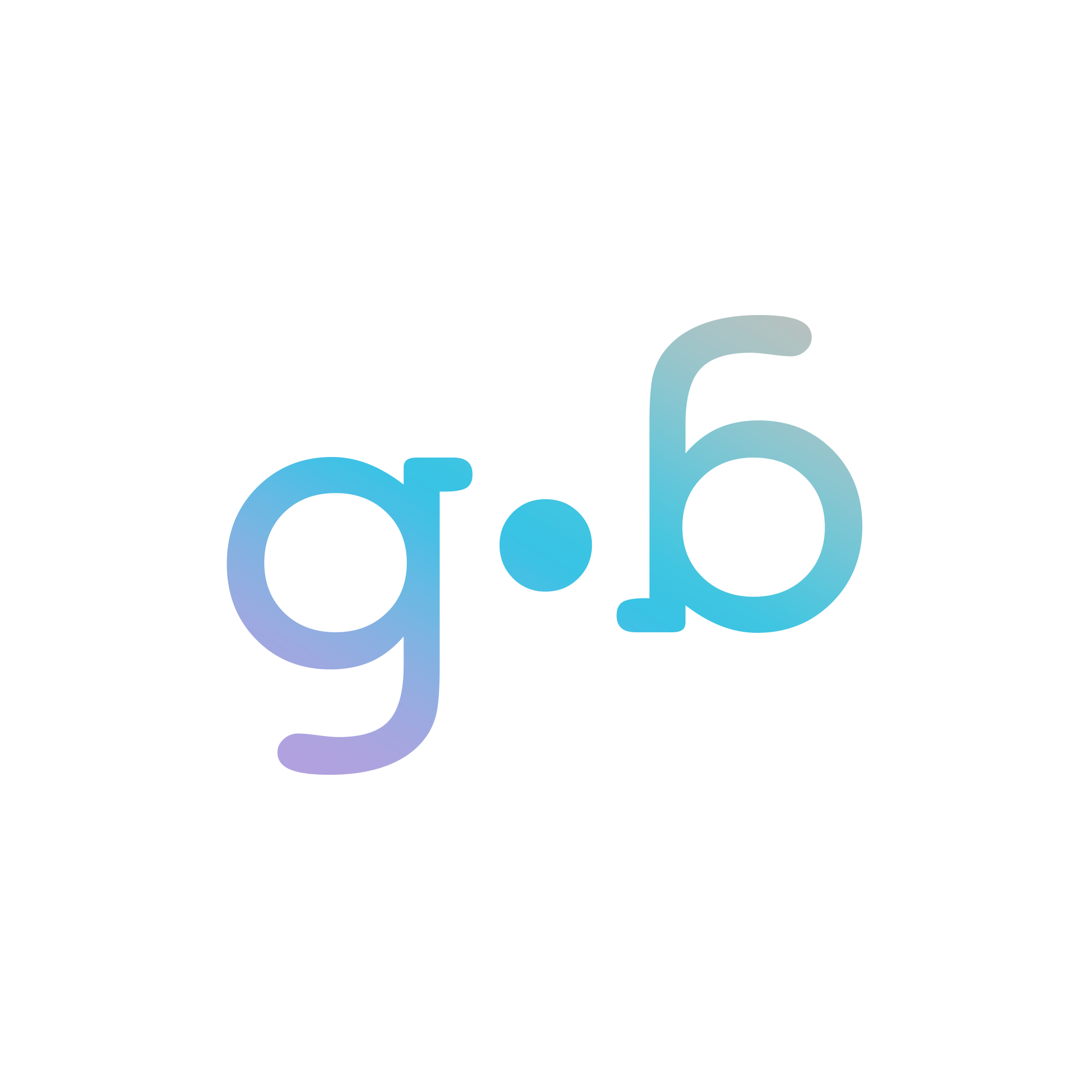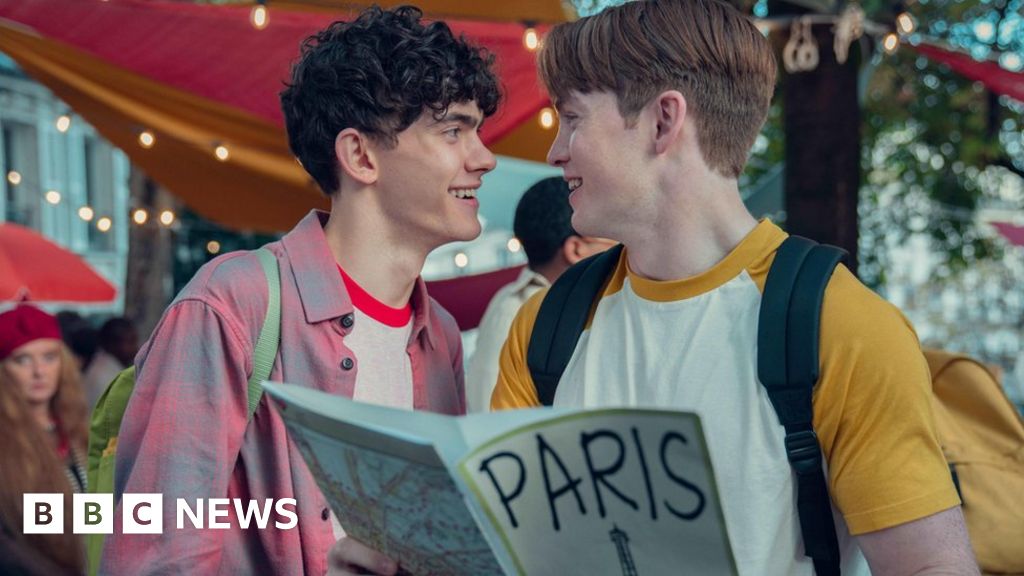- cross-posted to:
- [email protected]
- [email protected]
- cross-posted to:
- [email protected]
- [email protected]
Runaway Netflix hit Heartstopper was a huge hit with teenagers when the first series came out last year.
But while it may have been targeted at a younger audience - just like Alice Oseman’s hugely popular graphic novels series of the same name - it ultimately had a much broader appeal.
The series centred around the blossoming same sex relationship between school friends Charlie Spring (Joe Locke) and Nick Nelson (Kit Connor).
The storyline follows Nick’s coming out journey as he realises he is bisexual and series two, which drops on Netflix on Thursday, will follow Charlie and Nick’s deepening romance.
For the young LGBTQ+ community, Heartstopper is about representation, identity and first love, while the show also tackles other teen issues such as bullying and friendship problems.
Older viewers have also been drawn to the series with its universal themes and nostalgia for rose-tinted schooldays (even if they weren’t always so rose-tinted).
For some though, it’s had a more profound effect.
Fiona - not her real name - says the show helped her to open up about her sexuality for the first time, in her 40s.
“Saying that Heartstopper made me realise I was bisexual is a bit of an oversimplification. There was probably a part of me that always knew but didn’t really know how to label it because there weren’t any people talking about bisexuality when I was growing up,” she explains.
More people identify as bisexual than gay or lesbian, a new study recently suggested.
Fiona herself is married with a young child and her husband has been very supportive as she has begun to open up about her sexual orientation.
But it was a very different landscape in the 1980s.
She says that growing up through the Aids crisis and Section 28 was damaging, recalling once hearing Aids described by adults in hushed tones as the “gay plague”.
"There was a lot of trauma and horror associated with not being straight.
“Because I liked boys as well, I just kind of pushed that side down. It [bisexuality] was always floating around in my head but I had those negative ideas of what it means to be bisexual.”
She also feels that there’s been a lack of bisexual storylines on our screens, which hasn’t helped. Last year’s Glaad report, which charts LGBTQ representation on TV in the US, noted that there was a four per cent decrease in bisexual characters compared with the previous year.
While there have been prominent bisexual characters in recent TV series, such as Rosa Diaz in Brooklyn Nine-Nine and Darryl Whitefeather in Crazy Ex-Girlfriend, it was Heartstopper’s Nick Nelson that made everything click for Fiona.
"When I saw his journey, the emotions he felt… the more I thought about it, the more I thought this is something I can relate a lot to the past.
"It was like jigsaw pieces floating around and watching Heartstopper was the thing that finally… they all fit into place.
She says that while the show has “been really important for young people… because it normalises those feelings… there is a generation of older people who are realising they are bisexual because Heartstopper is helping them to go through the things they went through as a teenager and recognise it”.
Heartstopper doesn’t sugar-coat the issues that still exist today in coming out; Nick is part of a very macho school rugby team, for example, which includes some members who are openly homophobic.
“The fear of coming out to friends is very relatable. That’s something I’m still going through at the moment,” says Fiona.
But she notes that Heartstopper is also a “simple love story… that isn’t drenched in trauma”, which she feels is significant.
“There was a big phase where every gay storyline involved HIV… you couldn’t just have simple love stories like straight people.”
Watching Heartstopper led to Fiona tentatively begin to explore her newly uncovered identity.
"I just subconsciously started using the [bisexuality] label for myself to see how felt. It’s like unlocking a part of your identity that’s always been hidden.
“Everything just clicked and I was crying at the end when Nick comes out to his mum.”
Fiona recently attended her first Pride event but while her husband has been an ally, she isn’t ready to come out to her wider family yet.
“My family are very heteronormative. I’m a bit of a misfit because they do (traditional) gender roles, women do this and men do that, and I’ve always kicked against that.”
While Fiona’s coming out journey is at her own pace, Connor revealed on Twitter last year that he was bisexual, but suggested he was forced to come out after pressure on social media.
“No-one should be forced to come out when they’re not ready, they should be able to do that in their own time. He was pushed into a corner where he felt he had to do that, it was completely unacceptable,” Fiona says.
Connor himself said recently: "One of the really powerful things about Heartstopper is that it’s a voice for a lot of people.
“We do try and teach people that no matter what, it’s OK. It’s okay not to know, and it’s OK to explore and it’s okay to work things out. You’ll get there. It’s going to be the best thing ever when you do.”
Series two will see the relationship between Charlie and Nick grow and mature.
The pair are “super, super optimistic and hopeful about their relationship,” Connor says.
“But it’s maybe not as easy as they thought it would be, to suddenly be as out and proud as they want to be.”
Dr Julia Shaw, a psychologist and author of the book, Bi: The Hidden Culture, History and Science of Bisexuality, says bisexual people face “double discrimination, expressed to them by both homosexual and heterosexual people”.
"There’s an assumption that for bisexual women, it’s probably a phase, whereas for bisexual men, it’s kind of the opposite… the assumption will be that you’re actually gay but just not willing or brave enough to come out yet.
“Often bisexual people are seen as not queer enough to be fully part of the queer and homosexual community,” she adds.
Dr Shaw also recognises the importance of representation on screen.
“Parasocial relationships are when we have relationships with… or get to know people on screen, or in other media contexts,” she explains.
For example, the viewer may feel a genuine connection with Connor’s character through shared experiences.
"We know that parasocial relationships are important for changing people’s hearts and minds when it comes to queer issues.
“So if you feel like you know someone [who is gay or bisexual] in your real life, or through the media, you’re much more likely to accept that that’s a sexuality that really exists.”
She adds: "I think that bisexual representation in the last five years has shot up massively, although it’s still not proportionate.
“I think Heartstopper is one of the first representations of a delicate portrayal of bisexuality in boys in a way that we haven’t seen before.”
Oseman herself, who identifies as asexual and aromantic and uses both she and they pronouns, says: “We want to see our struggles represented accurately in the media, but we also often want media that makes us feel hopeful, comforted, and happy, and I like to think Heartstopper does both those things.”
So what would Fiona say to Oseman if she met her now?
“Thank you for giving my generation the representation that we didn’t have. I don’t know if she will ever realise what impact she’s really had.”



Yes I haven’t seen the series but agree with all of this. Even the first therapist I talked to about being a bi guy was like, “are you really?” which is so annoying.
Thanks for sharing this writeup. Sounds like a fun series to watch.
It was a cute and really well done series. Portrayed the sparkly feeling of young love perfectly. If you have any interest, give it a go.
deleted by creator
deleted by creator